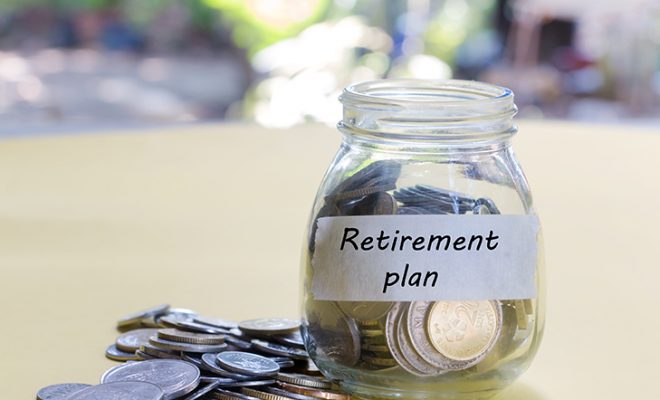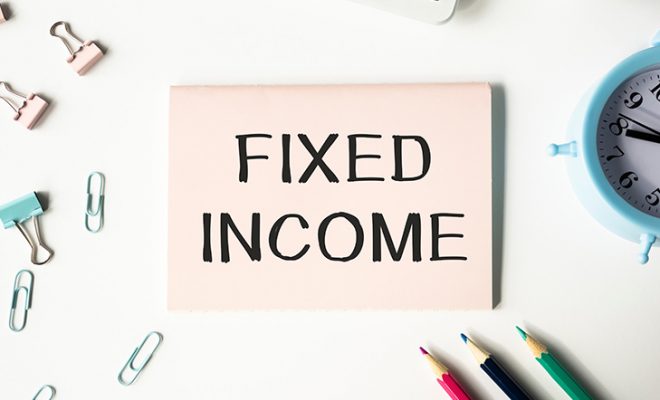What are the Best Retirement Investments for Your Portfolio?

Whenever you think about building a typical retirement investment portfolio, you have probably heard the classic advice of keeping a mix of stocks and bonds. The ratio usually changes with age. For instance, you can start with 70% stocks and 30% bonds, and gradually shift to a more conservative 40% stocks and 60% bonds as you near retirement.
But what does this really mean?
How do you actually invest in stocks and bonds?
And what financial tools can you use to achieve this balance?
This is where things often get confusing. This article breaks it down for you by explaining the right retirement portfolio strategies and helping you build the best retirement portfolio.
What is the best investment portfolio for retirement?
The best retirement portfolio is typically one that strikes the right balance between stocks and bonds. Keeping a mix of both helps ensure diversification. Diversification helps curtail risk by ensuring that all your investments do not react to market conditions in exactly the same way. Your retirement portfolio will mainly revolve around these two asset classes — equity (stocks) for growth and debt (bonds) for stability.
If you are wondering what specific options can help you build this kind of portfolio, here are some good retirement investments you can consider:
1. A typical retirement investment portfolio would have a 401(k)
A 401(k) is an employer-sponsored retirement plan that you may get access to through your workplace. For many people working in organized sectors, it is almost like an initiation into retirement planning, as most employers offer this account. Many companies match your contributions up to a certain percentage, essentially giving you free money toward your retirement savings. You contribute up to a certain amount, and in many cases, the employer also adds a matching contribution. Your investments grow over time, and in retirement, you can withdraw funds from them.
A 401(k) comes with some rules. Starting with contributions, you can contribute up to $23,500 in 2025. For those aged 50 or older, the IRS allows catch-up contributions of up to $7,500, bringing the total to $31,000. Additionally, people aged 60 to 63 can make a special catch-up contribution of $11,250, bringing their total to $34,750.
There are some important rules to keep in mind. You can start withdrawing money from your 401(k) without penalty after age 59½. However, you must begin taking Required Minimum Distributions (RMDs) starting at age 73. If you fail to do so, you could face significant penalties.
A 401(k) invests in different assets, including stocks, bonds, target date funds, and other investment instruments. So, you get to build a diversified portfolio. Contributions to a 401(k) grow tax-deferred. This helps your investments compound faster since more of your money stays invested each year. When you retire and start taking distributions, the withdrawals are taxed as regular income. So, you pay taxes only upon withdrawal, effectively pushing your tax liability into the future, when your income and possibly your tax rate may be lower.
All in all, this is a good retirement investment option. It helps you save steadily while you are working and provides a reliable income source once you retire.
2. An Individual Retirement Account (IRA) can be another good retirement investment
Not everyone has access to a 401(k). Some do, but many do not. So, what do you do in that case? If only there were an account that offered similar benefits and growth potential. Well, there is, and it is called an Individual Retirement Account (IRA).
An IRA works similarly to a 401(k), but without an employer. You contribute on your own, and while the contribution limits are lower, you still benefit from tax advantages and compounding growth over time. An IRA also gives you the flexibility to invest in a wide range of financial products, including stocks, bonds, Certificates of Deposit (CDs), and money market funds.
You can contribute up to $7,000 per year if you are under 50, and $8,000 if you are 50 or older in 2025. Yes, these contribution limits are a bit lower than a 401(k). But if your money stays invested for the long run, the more it benefits from compounding and tax advantages. So, you can make up and save considerably even with lower contribution limits.
There are two main types of IRAs:
- Traditional IRA
- Roth IRA
Money held in a Traditional IRA usually can’t be withdrawn before age 59½ without facing a 10% early withdrawal penalty. You also need to start taking Required Minimum Distributions (RMDs) from age 73.
A Roth IRA, on the other hand, works differently. You pay taxes on your contributions now, but your withdrawals in retirement are completely tax-free. So, you can choose between paying tax now (Roth IRA) or paying it later (Traditional IRA), depending on what suits your financial situation best.
3. Speaking of retirement portfolio strategies, you cannot miss the Health Savings Account (HSA)
The name says it all – healthcare. If you want to build the best retirement portfolio, healthcare expenses must be part of the plan. A Health Savings Account can help you prepare for these costs.
An HSA is a tax-advantaged account that offers a triple benefit.
Yes, you read that right.
You get not one, not two, but three different tax benefits.
Contributions are tax-free, the money grows tax-free, and withdrawals used for qualified medical expenses remain tax-free. Contributions can be made either by you or your employer, and the funds can be invested in different assets to grow over time. These savings can later be used for medical expenses, such as prescription drugs, dental care, and vision care.
For 2025, the HSA contribution limits are $4,300 for self-only coverage and $8,550 for family coverage. For 2026, these limits will increase slightly to $4,400 and $8,750, respectively. Additionally, those aged 55 and older who are not enrolled in Medicare can make an extra catch-up contribution of $1,000. If both you and your spouse are 55 or older and eligible, you can each make this $1,000 catch-up contribution, but it must be done in separate HSAs. These contributions can also be claimed as a tax deduction. However, it is important not to exceed the annual contribution limit. Overcontributing can result in a 6% excise tax on the excess amount, along with its earnings.
To qualify for an HSA, you must be enrolled in an HSA-eligible health plan. Once you meet that requirement, your HSA can help you manage your healthcare expenses along with some pretty attractive tax advantages.
What is the best investment portfolio for retirement?
There is no single best portfolio for retirement. It is usually a combination of investments that provide exposure to both stocks and bonds while also offering tax advantages. The goal is to build a mix that serves multiple purposes, including growth, stability, tax benefits, and steady income in retirement. Consider using a few key tools, such as 401(k)s, IRAs, HSAs, or invest directly in stocks, bonds, and other assets, depending on your experience level and comfort with risk.
If you are unsure where to begin, it may help to consult a financial advisor. An advisor can recommend different options and help you design a portfolio that aligns with your goals. You can also use our advisor directory to connect with a qualified professional who can help you build the best retirement portfolio for your needs.
Frequently Asked Questions (FAQs) about a typical retirement investment portfolio
1. What are some good retirement investments?
Some of the best retirement investments include 401(k)s, IRAs, and HSAs. These options provide exposure to stocks and bonds while offering tax advantages that help your savings grow efficiently over time.
2. When should you start investing for retirement?
Ideally, you should start as early as possible, in your 20s or 30s. However, it is never too late to begin. Even if you are in your 40s or 50s, starting now can make a difference. If you are starting later, consider working with a financial advisor to find the right retirement portfolio strategies.
3. Can hiring a financial advisor help build the best retirement portfolio?
Absolutely. A financial advisor can help you understand your options and maximize your portfolio’s growth potential.
4. Do contribution limits for accounts like IRAs, 401(k)s, and HSAs change often?
Yes, contribution limits are typically adjusted every year to account for inflation. It is important to stay updated.
For further information on creating a suitable retirement plan for your unique financial requirements, visit Dash Investments or email me directly at dash@dashinvestments.com.
About Dash Investments
Dash Investments is privately owned by Jonathan Dash and is an independent investment advisory firm, managing private client accounts for individuals and families across America. As a Registered Investment Advisor (RIA) firm with the SEC, they are fiduciaries who put clients’ interests ahead of everything else.
Dash Investments offers a full range of investment advisory and financial services, which are tailored to each client’s unique needs providing institutional-caliber money management services that are based upon a solid, proven research approach. Additionally, each client receives comprehensive financial planning to ensure they are moving toward their financial goals.
CEO & Chief Investment Officer Jonathan Dash has been covered in major business publications such as Barron’s, The Wall Street Journal, and The New York Times as a leader in the investment industry with a track record of creating value for his firm’s clients.










